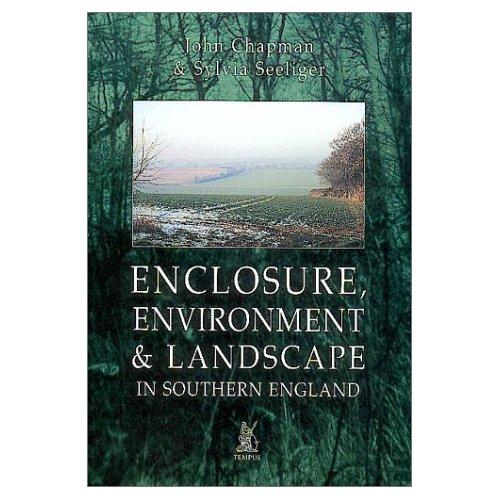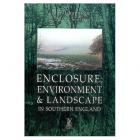Chapman, John, and Sylvia Seeliger. Enclosure, Environment and Landscape in Southern England. Stroud, UK: Tempus, 2001. This book engages debates on the timing and location of the agricultural revolution by focusing on the process of enclosure in the southern English counties of Dorset, Hampshire, Sussex, and Wiltshire after 1700. The authors begin with two chapters that offer an overview of the enclosure process and an evaluation of the source material. Each of the remaining chapters deals with a single county and provides introductory and background materials, followed by sections on parliamentary enclosure, formal agreements, and informal enclosure. The story is overall one of local complexity within each county, and one which emphasizes the very diverse nature of the enclosure process. This included, for example, the clearing up operation of those remnants of open field left after informal enclosure. We are reminded of the often long time scales involved: although land at Findon (Sussex) was already being withdrawn from common use by 1542, there were still open field remnants by 1839. The final concluding chapter pulls the foregoing material together in an informative way and relates the enclosure process to the local farming systems, rural society, and the environment. It demonstrates that enclosure here could increase fragmentation through the enclosure of the commons; and that enclosure did not necessarily lead to reduced holding sizes or exclude small areas. Chapman and Seeliger’s basic argument is that by tracing all land that was open or commonable in 1700 and painstakingly tracking down how each area came to be enclosed, we shall discover a more revealing and complex picture than the traditional midland story. Indeed, they contend that in time we may come to appreciate that counties such as these represent a truer picture of England as a whole than those of the East Midlands. (Text adapted from an H-Net review by Brian Short.)
Enclosure, Environment and Landscape in Southern England
Chapman, John, and Sylvia Seeliger | from Multimedia Library Collection:
Books & Profiles



